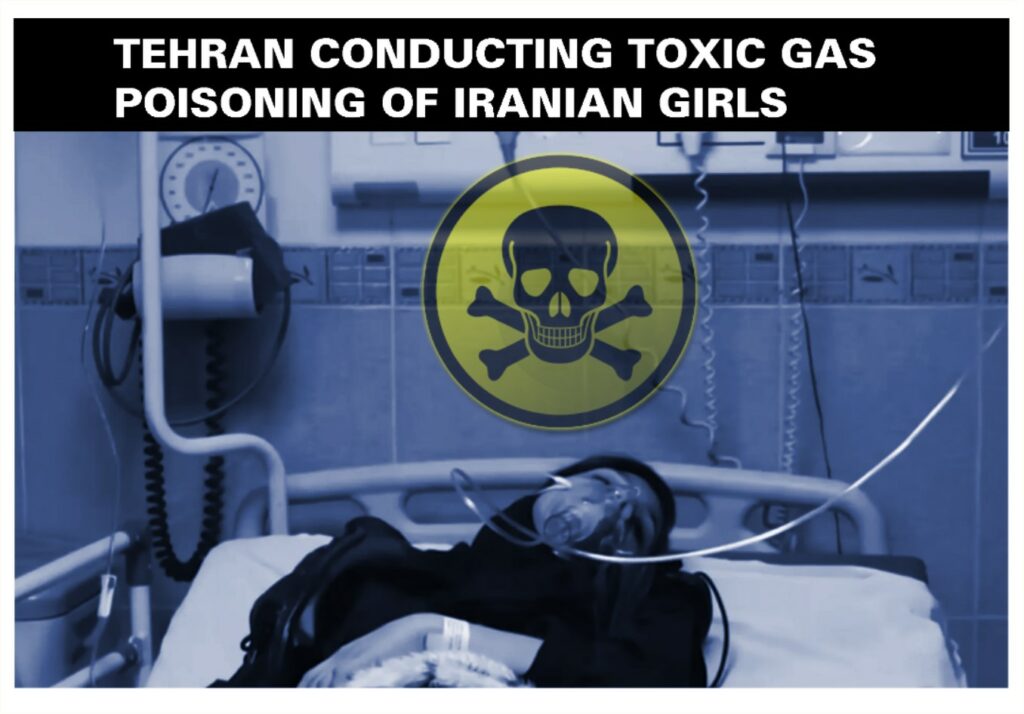
Across 21 of Iran’s 30 provinces have seen suspected cases, with girls’ schools the site of nearly all the incidents. At least 52 schools had been affected by the alleged toxic gas poison. Iranian media reports have put the number of schools at over 60. The first documented incident occurred on November 30, 2022, with 18 victims hospitalized at the Nour Technical School in Qom. Qom is considered a “holy city” by Shiite Muslims. After Qom, Borujerd is the city where the most chemical attacks have taken place in girls’ high schools and a university dormitory. Historically, many religious strictures have been carried out in this city due to the fact it is the birthplace of Seyyed Hassan Tabatabai Boroujerdi. Along with Qom and Borujerd, Tehran, the capital of Iran, has been one of the biggest targets of these attacks.
Victims of these attacks complained of nausea, difficulty breathing, and heart palpitations. Some girls have been hospitalized and remained sick for weeks after exposure. The girls had testified they smelled “tangerines” or “rotten fish” before they got ill. Videos of upset parents and schoolgirls in emergency rooms with IVs in their arms have flooded social media.
Making sense of the crisis remains challenging, given that Iran has detained nearly 100 journalists since the start of protests in September 2022 over the death of 22-year-old Mahsa Amini.
Iranian President Ebrahim Raisi has blamed the nationwide poisoning of Iranian schoolgirls on Tehran’s “enemies” who are seeking to wage a “hybrid war” against Iran. However, until the poisonings received international media attention, hard-liner President Ebrahim Raisi did not announce an investigation into the incidents until March 1, 2023. Tehran has not acknowledged asking the world health body for assistance in its investigation.
Iranian journalists, including Jamileh Kadivar, a prominent former reformist lawmaker at Tehran’s Ettelaat newspaper, have cited a supposed communique from a group calling itself Fidayeen Velayat that purportedly said that girls’ education “is considered forbidden” and threatened to “spread the poisoning of girls throughout Iran” if girls’ schools remain open. The Fidayeen Velayat is connected to the Basij, an all-volunteer force in Iran’s paramilitary Revolutionary Guard.
Hard-liners in Iranian governments in the past carried out so-called “chain murders” of activists and others in the 1990s.
“These appear to be serious, coordinated attacks to create fear among the girls and their families in the context of girls’ partaking in the protests and being penalized. It adds to the collective trauma and anxiety in Iran,” researcher Tara Sephehri Far of Human Rights Watch said.
Some observers, including Amnesty International and Human Rights Watch, believe the attacks are retaliation for the massive protests against the theocracy that swept Iran after a young woman named Mahsa Amini was killed by “morality police” for not wearing her mandatory headscarf correctly. Female students have been among the most ardent protesters.
Washington Hides Behind Fake Concern : “ The reports of poisoned school girls in Iran is “deeply concerning” and the world needs to know what is causing the ailments”, White House national security spokesman John Kirby told news reporters .
Since November, over 1,000 Iranian schoolchildren have been poisoned by toxic gases in their classrooms, and the attacks are rising. A FRANCE 24’s Observers team investigation shows 26 schools targeted on March 1, 2023, the highest figure in a single day.




